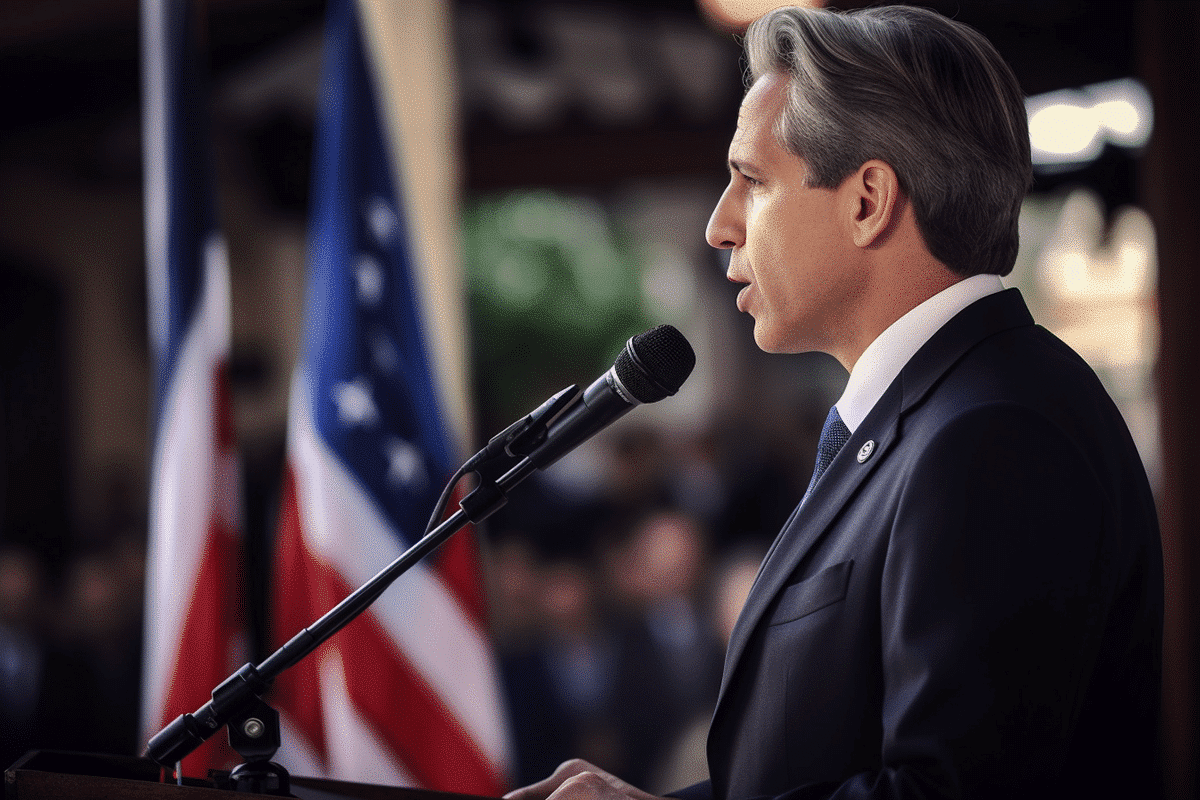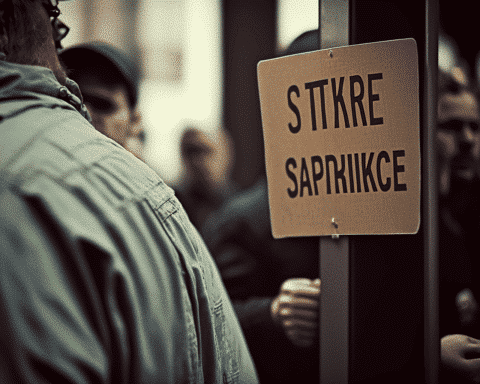As the conflict between Israel and Hamas in Gaza enters its eighth month, efforts to secure a lasting cease-fire continue amidst escalating tensions and evolving dynamics in the region.
U.S. Secretary of State Antony Blinken has acknowledged Hamas’ proposed amendments to a cease-fire plan, signaling a potential pathway forward in negotiations. Some of Hamas’ proposed changes have been deemed “workable” by Blinken, while others present challenges to reaching a consensus.
The cease-fire proposal, backed by the United States and supported globally, aims to bring an end to the devastating war that has ravaged Gaza, claiming tens of thousands of Palestinian lives and leaving scores of Israeli hostages in militant captivity.
However, reaching an agreement has proven elusive, with both Israel and Hamas expressing reservations and seeking assurances on key provisions of the plan. Hamas, in particular, has emphasized the need for guarantees regarding a permanent cease-fire and the complete withdrawal of Israeli troops from Gaza.
Lebanon’s Hezbollah, an Iran-backed ally of Hamas, has further complicated the situation by launching a massive barrage of rockets into northern Israel in retaliation for the killing of a senior commander. This escalation underscores the broader regional tensions and the interconnected nature of conflicts in the Middle East.
Meanwhile, Israel’s demands for the removal of Hamas from power and objections to extending the initial cease-fire during negotiations remain significant hurdles to overcome. Prime Minister Benjamin Netanyahu faces mounting pressure from both domestic allies and international actors to secure a deal that brings the hostages back while ensuring Israel’s security interests.
Despite the challenges, mediators from Qatar, Egypt, and the United States remain committed to facilitating dialogue and bridging the gaps between the parties involved. The proposal put forth by President Joe Biden, which includes provisions for hostage release, Israeli troop withdrawal, and aid distribution, has received overwhelming support from the international community.
However, the intricacies of the negotiations highlight the complexities of the conflict and the deep-rooted distrust between the parties. Blinken’s assertion that Hamas must decide on bridging the differences underscores the pivotal role the militant group plays in determining the path forward.
As the diplomatic efforts continue, the humanitarian situation in Gaza remains dire, with thousands of Palestinians displaced and access to essential services hindered by the ongoing hostilities. The toll of the conflict extends beyond the loss of life to include widespread hunger and suffering among the civilian population.
Against this backdrop, Hezbollah’s retaliation serves as a stark reminder of the interconnectedness of conflicts in the region and the potential for escalation beyond Gaza’s borders. Other Iran-aligned groups in Iraq, Syria, and Yemen have also joined the fray, further complicating efforts to de-escalate tensions and reach a lasting resolution.
In the coming days and weeks, all eyes will remain on the cease-fire negotiations as the international community works tirelessly to broker an agreement that brings an end to the violence and paves the way for lasting peace and stability in Gaza and the broader Middle East.




